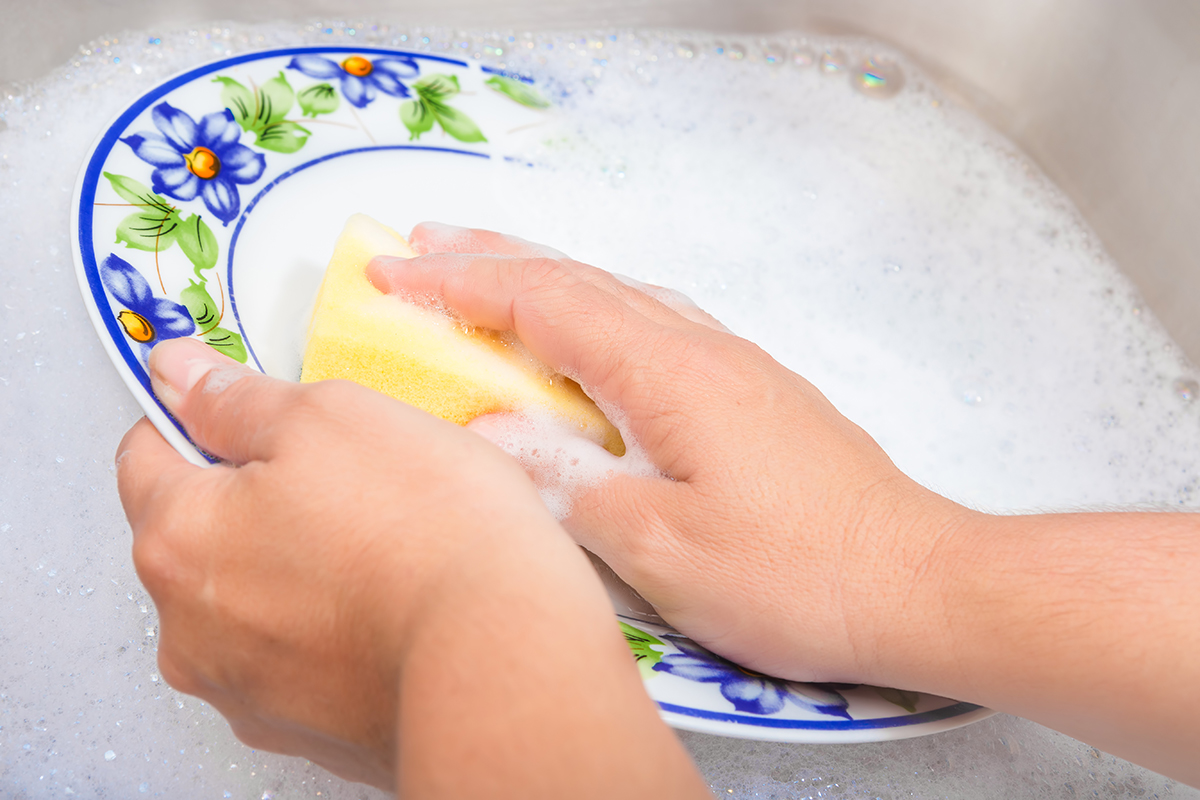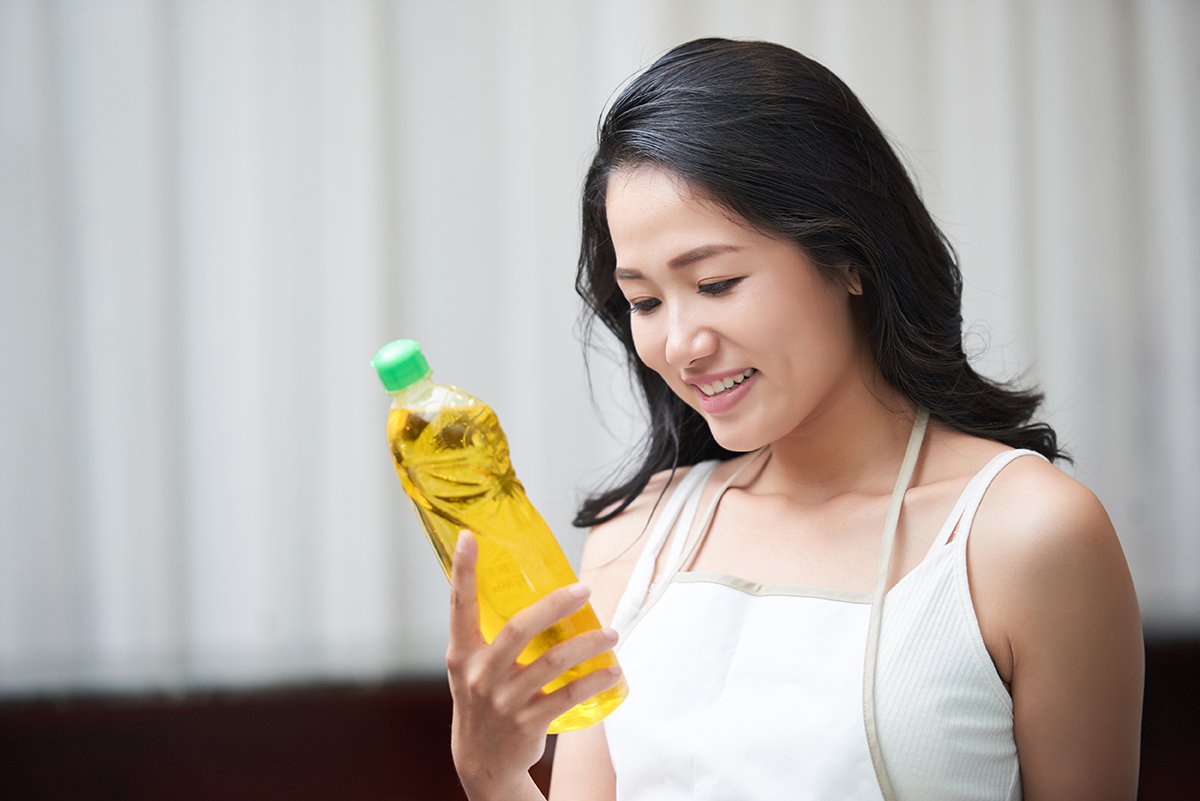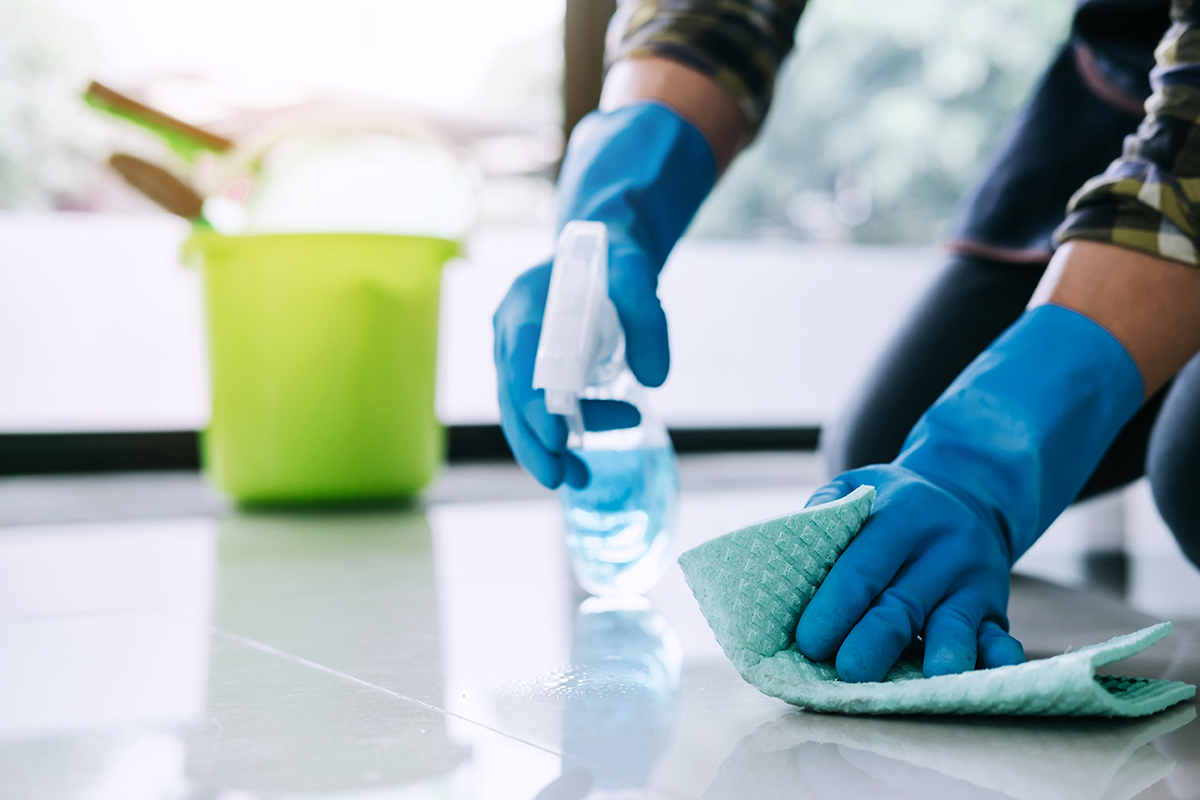 Mar
14
2016
Mar
14
2016
Deodorant and Antiperspirant Are Transforming Your Body’s Microbes
A small new study suggests that wearing deodorant or antiperspirant can predict what kinds of bugs colonize your armpits.
Julie Horvath, a scientist who is head of genomics and microbiology research laboratory at the North Carolina Museum of Natural Sciences, and an associate research professor at North Carolina Central University, wanted to find out if deodorants & antiperspirants were linked to the patterns of bacterial growth in the armpits. She wanted to know as much as possible about what’s living on her skin. She swabbed her armpits and bellybuttons and then letting the bacteria incubate for a couple of days before analyzing the results.
Much to her surprise, her Petri dishes which the samples were cultured on were blank.
“I was a little bit freaked out because I’m supposed to have microbes on my body.” She thought her clinical-strength antiperspirant might be the cause of the clean plates. “If I wear it in my armpits and it’s influencing whether I have bellybutton microbes, maybe it’s getting on other parts of my body and wiping out some of the life there, too,” she says.
In order to find out more about the effects of deodorant and antiperspirant on bacterial growth, Horvath and a team of researchers at different institutions took a closer look at armpit bugs in a new study published in the journal PeerJ.
The new study finds that these solutions to smelliness actually affect the type of bacteria, and how much of it there is, on your armpits.
The team sampled 17 men and women for the research; separated into groups that either used none or one of the two products regularly for eight days. On the initial day of the study, samples were obtained from participants’ underarms to establish a baseline of their typical microbial community. Participants were then instructed to discontinue their usage for the next five days to get samples of microbes that would grow back. On the 8th day, all participants were asked to use antiperspirant, before the team obtained the final samples.
Throughout the study, the team determined that different populations of bacteria lived on people with different product habits, as well as differing amounts of bacteria, which were unidentifiable by the researchers.
On average, those who did not use any of the products had larger populations of Corynebacteria — the kind that both produces body odor and helps defend against pathogens, and less Staphylococcaceae, which are typical skin microbes that can be either beneficial or dangerous. Less than 10% of their bacteria sample were unidentifiable.
Users of deodorant had higher amounts of underarm bacteria on the initial day, and throughout the week, they were found to have more Staphylococcaceae than the other groups, some Corynebacteria and only 5% of the bacteria that were unidentifiable in the research.
Participants who used antiperspirants regularly had almost as much Staphylococcaceae as the deodorant users, but more than 20% of their microbes were random and unidentifiable.
For the final procedure of the research, the antiperspirant applied eliminated most of the microbial communities.
Horvath suggested that it was difficult to pass a definite judgment about what may be helpful or harmful microbial activity from the results of the experiment. The unidentifiable bacteria that regrew in antiperspirant users may not be a cause for concern. In addition, although some species of Staphylococcaceae may be dangerous, most are not. The only definitive result of the experiment was that Staphylococcaceae bacteria grew back the fastest after users of the products stopped their use.
“It’s a balance, wearing a product does affect the microbes under your arm, but what those short and long-term consequences are, we don’t really know yet,” Horvath added, with an emphasis that our hygiene habits are indeed causing changes to these microbial groups.
Horvath stated that “when you have all these microbes on your skin, most of them are potentially beneficial, or, at least, benign, they don’t do anything, except for maybe create a protective barrier on your skin.” She further added that these harmless microbes occupy both space and resources—the sweat and oils we produce—which in turn prevent pathogenic bacteria from surviving.
After doing the research, Horvath stopped wearing clinical strength antiperspirant and is now dabbling with natural deodorants that don’t contain aluminum. (“They don’t work as well,” she adds.) Though there are too many unknowns to recommend a bug-friendly pit regimen, “it’s really exciting to think about what some of the potential possibilities are,” she says.



